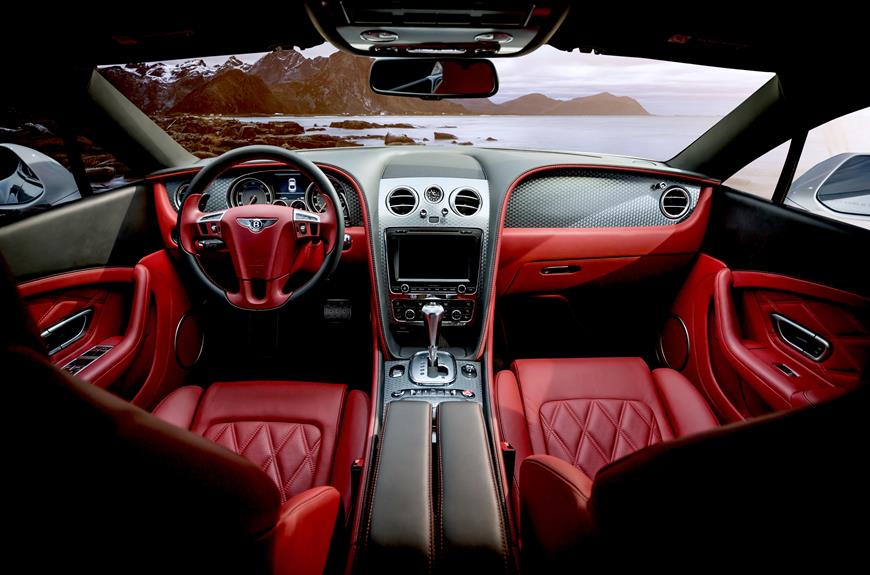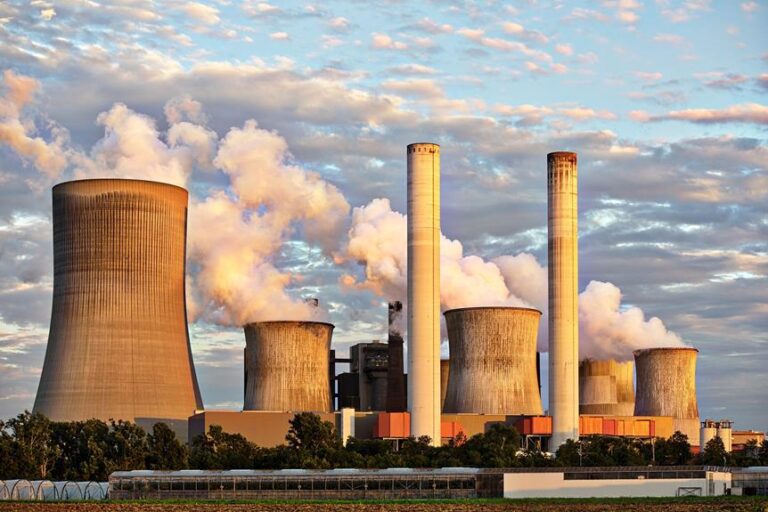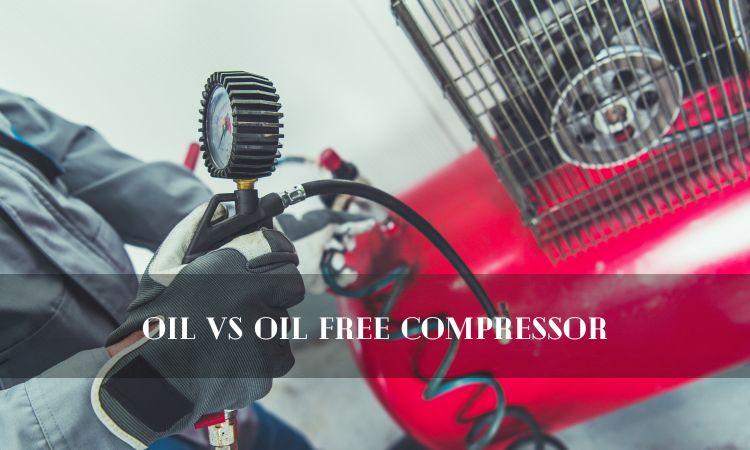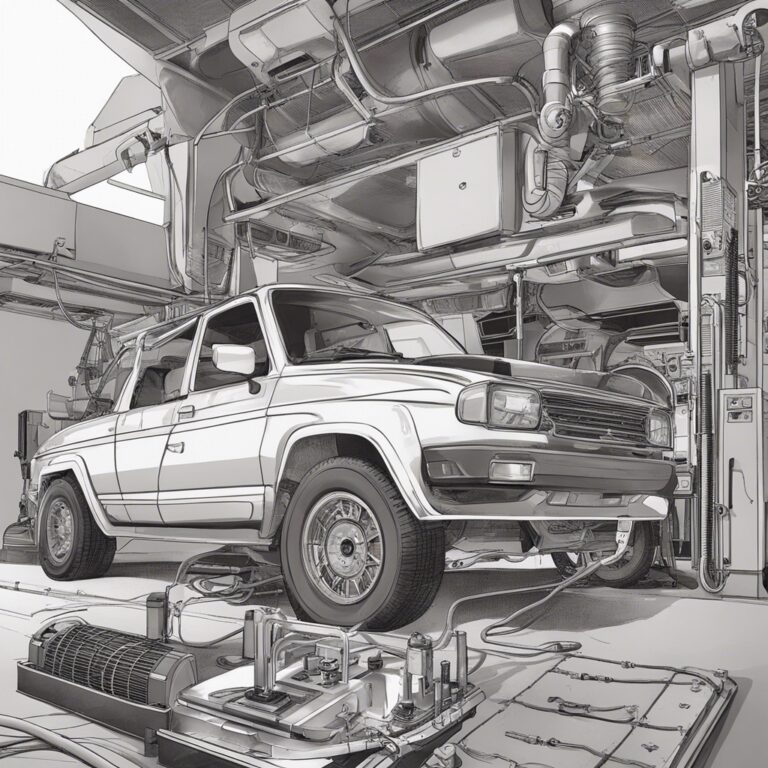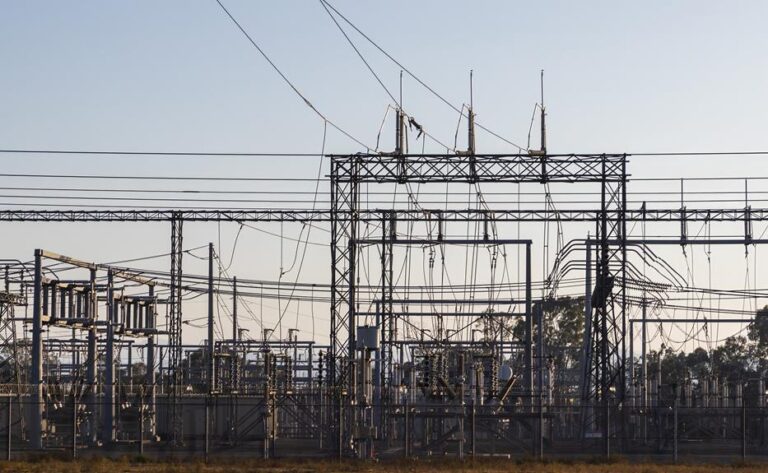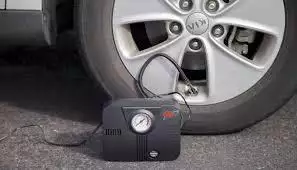Turbocharger Vs. Supercharger: Boosting Your Engine
"Under the hood" of every high-performance vehicle, you'll find either a turbocharger or supercharger. This article provides a detailed, objective comparison of these two engine boosters. Whether you're a gearhead seeking technical knowledge or a car enthusiast looking for a performance upgrade, understanding the pros and cons of turbochargers vs superchargers will guide you in making an informed decision. Let's dive into the mechanics of these power-boosting components and see which one revs up your engine.
Key Takeaways
- Turbochargers increase engine efficacy by supplying more air into the combustion chamber and provide enhanced fuel efficiency.
- Superchargers offer immediate power delivery and throttle response, but consume more fuel and may have higher maintenance and replacement costs.
- Turbochargers are more fuel efficient and provide a better power-to-weight ratio, while superchargers deliver power instantly and offer a linear response.
- The choice between turbocharger and supercharger depends on engine characteristics, driving preferences, and considerations such as budget and mechanical capabilities.
Understanding Turbochargers: What They Are and How They Work
The turbocharger, a crucial component in enhancing engine performance, operates on a set of complex principles that are worth understanding to fully appreciate its functionality. As a forced induction system, a turbocharger increases an engine's efficacy by supplying more air into the combustion chamber, thereby enabling more fuel to be burnt each second. The result is a significant increase in power output without a corresponding increase in engine size.
The principles behind the turbocharger's operation are inherently tied to the laws of thermodynamics and fluid dynamics. The turbocharger utilizes the engine's exhaust gases, which would otherwise be wasted, to drive a turbine. This turbine, in turn, rotates a compressor, which draws air into the engine at a higher pressure than would naturally occur. This process is known as forced induction.
A turbocharger upgrade can further enhance these effects, offering an even greater increase in engine power. However, such an upgrade requires careful consideration of the engine's overall design and capacity, as well as the potential impact on fuel economy and engine longevity. Understanding the turbocharger's functionality is therefore vital for anyone seeking liberation through enhanced engine performance.
The Benefits of Turbochargers: Performance and Efficiency
Turbochargers offer a host of benefits that improve the overall performance and efficiency of an engine. The most significant advantages include enhanced fuel efficiency, increased engine power, and reduced emission levels. In the following discussion, we will provide an in-depth analysis of these benefits and explore how turbochargers achieve these outcomes.
Enhanced Fuel Efficiency
One major advantage of turbochargers is their ability to enhance fuel efficiency, often resulting in a 20-40% improvement in miles per gallon compared to standard engines. This is a significant gain, providing liberation from frequent trips to the gas station.
- Turbochargers re-use exhaust gases, making them a more sustainable choice.
- The supercharger kit, although beneficial, consumes more fuel due to its direct connection to the engine.
- Turbochargers provide more power-per-displacement, a desirable trait for performance enthusiasts seeking efficiency.
- Superchargers, despite their immediate boost, do not provide the same fuel efficiency as turbochargers.
Increased Engine Power
In the realm of high-performance engines, a notable benefit of implementing a turbocharger is the significant increase in engine power and efficiency it provides. The turbocharger utilizes the exhaust gas, a byproduct of combustion, to drive a turbine that compresses intake air. This compressed air allows more fuel to be burned, leading to a surge in power output. Unlike the supercharger which operates directly off the engine's crankshaft, turbochargers require no mechanical power from the engine. This eliminates parasitic drag and leads to improved overall efficiency. Furthermore, turbochargers are generally smaller and lighter than superchargers, adding less weight to the vehicle. The result is an engine that is not only more powerful, but also more fuel-efficient, offering a powerful combination of performance and efficiency.
Reduced Emission Levels
While enhancing the performance and efficiency of an engine, turbochargers also significantly reduce emission levels, contributing to a more environmentally friendly operation. Turbochargers achieve this by reusing exhaust gas, reducing the amount of gas expelled into the atmosphere. This makes turbocharged engines a compelling choice for those seeking liberation from the guilt of contributing to environmental degradation.
The benefits of turbochargers include:
- Improved Fuel Efficiency: The reuse of exhaust gases reduces fuel consumption, making your vehicle more economical.
- Lower Emission Levels: By reusing exhaust gases, less harmful gases are released into the environment.
- Increased Performance: Turbochargers provide a significant boost to engine power without increasing engine size.
- Reduced Carbon Footprint: Driving a turbocharged vehicle contributes to less greenhouse gas emissions, aiding in the fight against climate change.
The Downsides of Turbochargers: Potential Drawbacks to Consider
While turbochargers can significantly enhance engine performance and efficiency, they also present certain drawbacks that cannot be overlooked. Notably, these include the occurrence of turbo lag, as well as the implications for maintenance and cost. Each of these potential concerns merits thorough examination in order to present a balanced perspective on the use of turbochargers.
Turbo Lag Issues
One of the most significant drawbacks to consider when opting for a turbocharged engine is the notorious phenomenon known as 'turbo lag'. This refers to the delay between the moment the accelerator is pressed and the time the turbocharger provides its maximum boost. This lag can lead to:
- Frustration: The delay in power delivery may hinder your driving experience.
- Safety Concerns: The unexpected surge of power can potentially lead to loss of vehicle control.
- Inefficiency: Turbo lag can result in unoptimized fuel consumption.
- Wear and Tear: The strain caused by the lag can accelerate engine wear.
Understanding these issues offers liberation from the illusion that turbochargers are without flaws, encouraging a more informed decision-making process in engine selection.
Maintenance and Cost
Beyond the performance aspects, the maintenance and cost of turbochargers present further drawbacks to consider, and these factors can significantly influence the overall feasibility of this engine-boosting option. Turbochargers operate at high temperatures and pressures, necessitating high-quality materials and intricate engineering designs – factors that drive up initial purchase costs. Furthermore, the replacement parts for such highly specialized equipment are expensive. Maintenance is also more demanding, as turbochargers require regular checks for optimal performance and longevity. Additionally, the potential for turbocharger failure, which could lead to expensive engine damage, must be factored into the overall cost equation. Now that we've examined the potential pitfalls of turbochargers, let's transition to understanding superchargers: their basic principles and functionality.
Getting to Know Superchargers: Basics and Functionality
Superchargers, a type of forced-induction device, play a pivotal role in enhancing an engine's power output by forcing more air into the combustion chamber. Unlike turbochargers, which utilize exhaust gases, superchargers are directly driven by the engine's crankshaft via a belt or chain. This results in an immediate boost of power, eliminating the lag common in turbochargers.
Superchargers come in various forms, each with their own unique functionality and characteristics. Let's delve into some of the key types:
- *Centrifugal Superchargers*: They are compact, lightweight, and efficient, providing a progressive power curve.
- *Twin-screw Superchargers*: Ideal for high RPM applications, they offer a dramatic increase in horsepower.
- *Roots Superchargers*: Renowned for providing instant throttle response, they are perfect for low-end torque applications.
- *Electric Superchargers*: They are the newest addition, offering a balance between efficiency and power delivery.
Understanding the functionality and basic principles of superchargers paves the way for informed decision-making when seeking to boost your engine's performance. Remember, the right supercharger can transform your driving experience, offering a thrilling sensation of power and liberation.
The Advantages of Superchargers: Power and Response
In the realm of engine performance enhancement, superchargers offer significant advantages in terms of power and response time. Superchargers utilize a belt connected directly to the engine's crankshaft, powering the compressor to force more air into the combustion chamber. This direct connection gives superchargers an edge in immediate power delivery and throttle response over their turbo counterparts.
Their power is on-demand, producing boost from low RPMs, ideal for applications where immediate response is critical. This characteristic lends itself to superior acceleration, particularly from a standing start, which is often a concern in performance vehicles.
Furthermore, superchargers are less complex than turbochargers, with fewer components susceptible to heat-induced stress, thus potentially enhancing longevity. They're immune to lag, a delay in power delivery experienced in turbo systems due to the time taken to spool up the turbine.
However, their direct-drive mechanism can put more strain on the engine, leading to increased fuel consumption. Nevertheless, for enthusiasts seeking immediate power delivery and rapid throttle response, the supercharger is an excellent choice. In the battle of boosting methods, understanding these advantages is crucial for informed decision-making.
The Disadvantages of Superchargers: Issues Worth Noting
While superchargers supply impressive power and response times, they also present certain drawbacks that are noteworthy for those considering this type of engine enhancement. Despite their ability to provide a significant increase in horsepower, there are several issues that can potentially affect the overall performance and longevity of your engine.
- Increased Strain on the Engine: Superchargers are driven directly by the engine, which places an additional load on it. This can result in premature wear and tear, potentially reducing engine life.
- Reduced Fuel Efficiency: Due to the added power draw, superchargers can negatively impact your vehicle's fuel economy, increasing operational costs.
- Complex Installation: Installing a supercharger requires a high level of mechanical knowledge and expertise. This can make the process expensive and time-consuming.
- Heat Generation: Superchargers generate a substantial amount of heat. Without proper cooling systems, this could lead to overheating, potentially damaging the engine.
In light of these factors, it's vital to thoroughly consider your needs, budget, and mechanical capabilities before deciding to install a supercharger. It's not just about the power gain; it's about understanding the potential issues and being prepared to address them.
Turbocharger Versus Supercharger: Making the Right Choice for Your Engine
For any car enthusiast or mechanic looking to enhance engine power, understanding the intricate differences between turbochargers and superchargers is essential, and making the right choice depends largely on individual vehicle requirements and driving habits.
Turbochargers, powered by exhaust gases, are typically more fuel efficient and provide a better power-to-weight ratio, suiting those who prioritize economy and compactness. However, their power delivery can be less immediate, due to turbo lag. Conversely, superchargers, mechanically driven by the engine, deliver power instantly, offering a linear response that appeals to performance-oriented drivers. Nevertheless, they can put more strain on the engine and reduce fuel efficiency.
It is crucial to consider the engine's layout and capacity. Turbochargers are ideal for small, compact engines, where space is a premium, while superchargers tend to work better with larger, more robust engines.
Furthermore, consider the driving conditions. If you frequent stop-start city driving, a supercharger's instant response may be preferable. However, for long distance cruising and highway driving, a turbocharger's better fuel efficiency and high-speed performance can be beneficial.
Ultimately, the choice between turbocharger and supercharger isn't about superiority but suitability to specific engine characteristics and driving preferences.
Frequently Asked Questions
What Is the Average Cost to Install a Turbocharger or Supercharger in a Standard Vehicle?
The average cost for installing either a turbocharger or a supercharger in a standard vehicle typically ranges from $3000 to $5000, depending on the complexity of the installation and the specific model of the vehicle.
How Regularly Would a Turbocharger or a Supercharger Need Maintenance or Replacement?
In the dance of performance enhancement, turbochargers and superchargers require regular maintenance. Typically, every 40,000 to 100,000 miles, they may necessitate inspection or replacement, contingent upon driving conditions and overall car care habits.
Can Turbochargers and Superchargers Be Used in Electric Vehicles?
Electric vehicles, by design, do not use turbochargers or superchargers. These devices boost engine power by forcing more air into combustion chambers, a process irrelevant to electric vehicles which rely on electric motors for propulsion.
How Do Turbochargers and Superchargers Affect the Lifespan of an Engine?
Turbochargers and superchargers can potentially shorten an engine's lifespan. They increase combustion pressure and temperature, which can accelerate wear and tear. However, with proper maintenance and careful use, the impact can be minimized.
Do Turbochargers and Superchargers Significantly Change the Sound of the Vehicle's Engine?
Yes, turbochargers and superchargers can significantly alter a vehicle's engine sound. The induction noise is typically louder, due to increased air pressure and flow rate, creating a distinctive, often desirable, performance vehicle sound.
Conclusion
In conclusion, both turbochargers and superchargers enhance engine performance, albeit through different mechanisms and with varying results. Turbochargers excel in efficiency and high-end power, while superchargers provide immediate response and consistent power delivery. The choice between the two depends on the individual requirements and constraints of the engine. This comprehensive analysis of both technologies enables one to make an informed decision on the most suitable method of engine boost.

